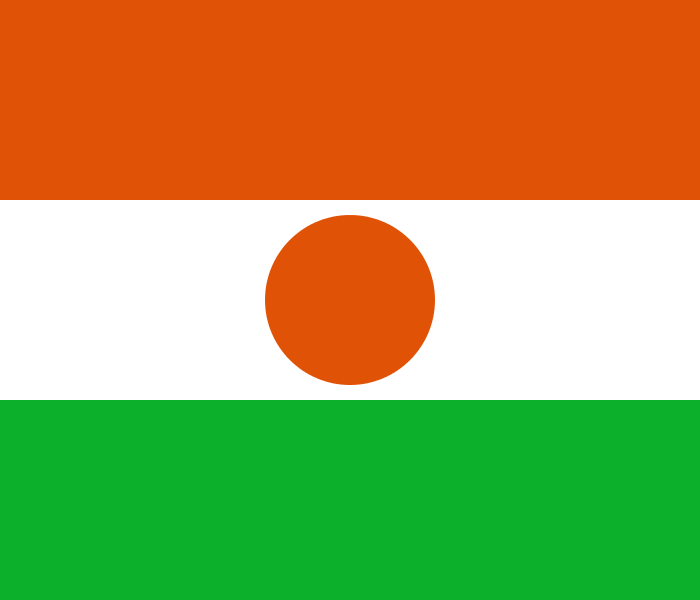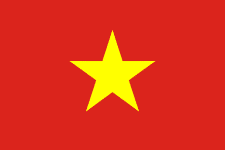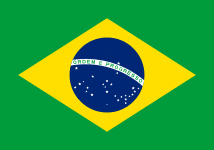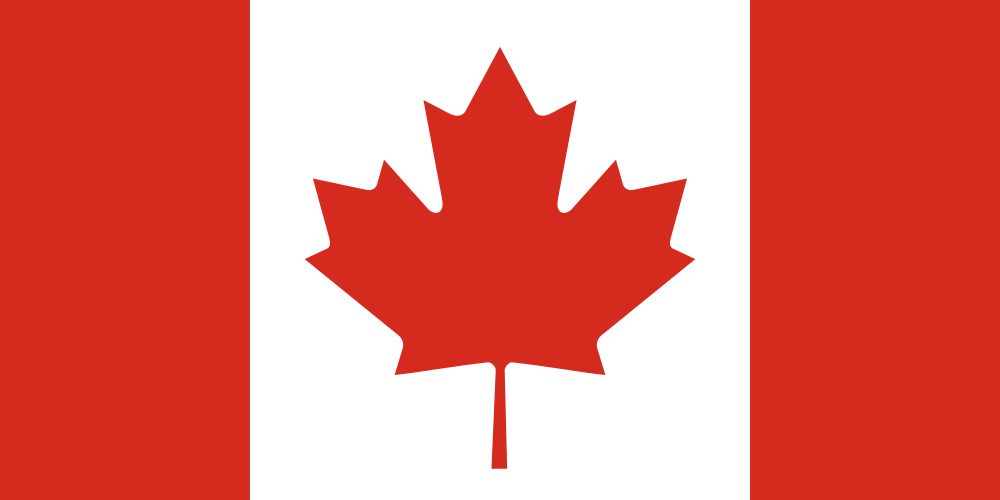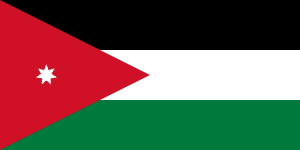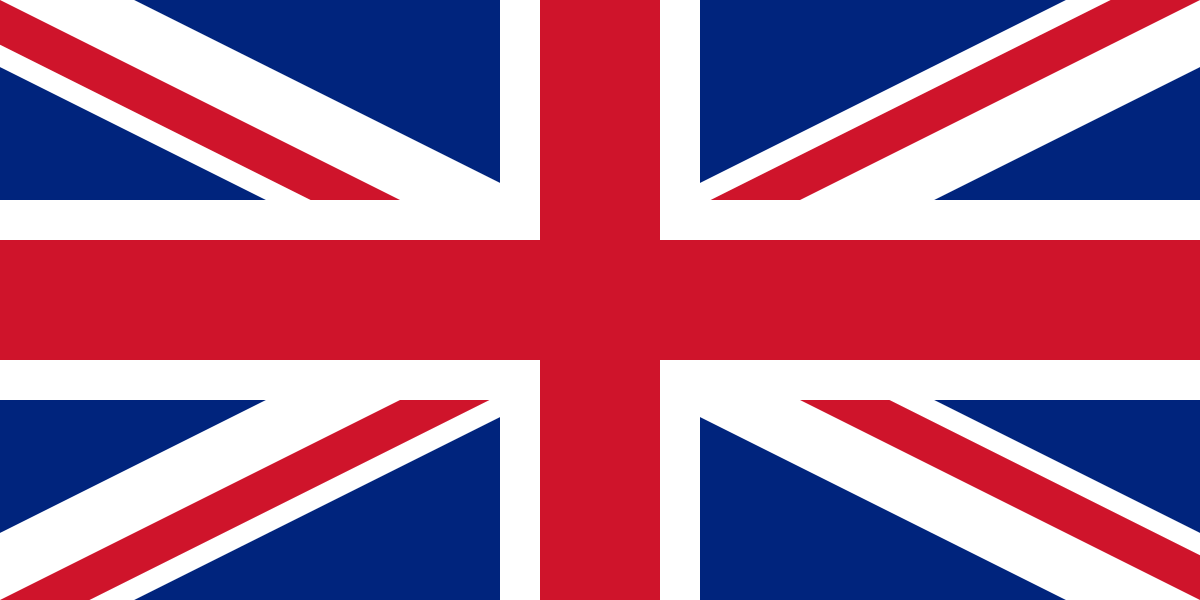- Industry
- Region
- Country / Region
On October 8, 2025, the Niger Electronic Communications and Postal Regulatory Authority (ARCEP) issued Decision 000011/ARCEP/CNRCEP/25, which sets out stricter submission, testing, and local representation requirements.
Main changes:
- According to Article 5 of the decision, two complete sets of samples must now be submitted;
- The application must be submitted by a local representative with a power of attorney from the manufacturer.
- ARCEP may request RF samples during the evaluation.
- Must be labeled before import;
- Previously approved devices remain valid.
This decision is effective from the date of publication without a transition period. Click this link to view the original decision.
On October 7, 2025, the Federal Communications Commission (FCC) released the agenda for October Commision open meeting which included a draft second report and order on the Covered List and a draft second further notice of proposed rulemaking. The main contents of the draft second report and order include:
- Clarifying module equipment is also a "covered" device;
- Device certification based on "covered" module equipment is prohibited;
- Establish procedures to prohibit the import and marketing of "covered" equipment that has been issued;
- Modifications to "covered" equipment are prohibited.
The second futher notice of proposed rulemaking will seek opinions on the definition of "critical infrastructure" and how to strengthen the prohibition of "covered" equipment entering the market.
Although the draft second report and order is not voted on and released, FCC Chairman Brendan Carr said on October 10, 2025 that major e-commerce platforms had completed the cleanup of "covered" devices and that millions of affected devices had been removed from the shelves.
Click this link to view the FCC's second the Report and Order on the Covered List and the draft Second Further Notice of Proposed Rulemaking (FNPRM). It is expected that after the FCC votes at the Communision's open meeting in October, the FCC will publish the relevant documents on the federal register website and officially start the relevant legislative process.
On October 6, 2025, the Ministry of Science and Technology (MST) of Vietnam solicited public comments on the Draft Circular on the Draft National Technical Regulations on Electromagnetic Compatibility of Terminals and Auxiliary Equipment, the Draft Announcement of Conformity Certification (QCVN) and the Instructions. This new draft EMC standard will apply to 2G, 3G, 4G, 5G NR, and LTE NB-IoT. The new standard QCVN 86:2025/BKHCN will be equivalent to EN 310 489-52 V1.3.1 (2024-11) and will come into force on January 1, 2026.
Between January 1, 2026 and December 31, 2026, devices using 2G, 3G, and/or 4G technologies can use QCVN 86:2019/BTTTT or QCVN 86:2025/BKHCN for SDoC processes; Devices using 5G NR and/or LTE NB-IoT technology can use QCVN 18:2022/BTTTT or QCVN 86:2025/BKHCN for SDoC processes. From January 1, 2027, all of the above devices will be required to apply for QCVN 86:2025/BKHCN to complete the SDoC process.
Click this link to view the original public consultation, which is open for comments until December 6, 2025.
On October 1, 2025, Brazil's National Telecommunications Authority (ANATEL) issued the Ato N° 14158 bill. The Act approves updates to Ato N° 14448:2017 (Technical Requirements for Conformity Assessment of Restricted Radiation Radio Communication Equipment) and Ato N° 237:2022 (On Conformity Assessment Test Procedures for Restricted Radiation Radio Communication Equipment). These updates include adjustments to the following scope of use and requirements: devices operating in the mmWave frequency band; Radio access systems operating in the 5150 to 5350 MHz band; audio, video, or other application transmission systems; Test procedures for broadband wireless access systems.
The bill is now in effect and will be enforced from April 6, 2026. Click on this link to view the original text of Ato N° 14158.
On September 26, 2025, the Telecommunications Authority of Pakistan (PTA) announced that it had approved the adoption of Wi-Fi 7 in the 6 GHz band (5925-6425 MHz), which aligns with the previously approved Wi-Fi 6E parameters.
Click this link to view the PTA's press release.
On September 24, 2025, Innovation, Science and Economic Development Canada (ISED) launched a public consultation on RSS-195 Issue 3, "Wireless Communication Service (WCS) Equipment Operating in the bands 2305-2320 MHz and 2345-2360 MHz". The main change in this revision is the addition of a power spectral density limit table in Section 5.6.
Click this link to view the original public consultation, which is open for comments until December 3, 2025.
On September 16, 2025, the Jordanian Telecommunications Regulatory Commission (TRC) issued Instructions No. 2 of 2025 - Conditional Instruction on Approval Procedures for Importing Telecommunications Equipment and Telecommunications Equipment.
Updates to the guidance include:
- Reports from laboratories accredited by ILAC-MRA accreditation bodies should be used;
- New applications for local companies that have obtained type approval on behalf of other companies are valid for 1 year; The
- renewal application is valid for 1 year, calculated from the date of issuance of the new certificate;
- The list of exempt products has been expanded to include scanners, data displays, and projectors that do not contain high-power radio communication functions or components; Laptops that do not contain high-power radio communication functions or components; Wireless mice, wireless keyboards, wireless headphones (Wi-Fi, Bluetooth), wireless chargers, cables and wires, empty cabins, remote short-range control using infrared rays, hard disks and storage devices, GPS navigation equipment (without any high-power radio communication functions or parts), and production electronic parts without any radio communication functions or parts.
Click on this link to view the original TRC Instructions No. 2 of 2025.
On September 10, 2025, Innovation, Science and Economic Development Canada (ISED) issued a circular numbered 2025-DRS0006 to solicit public comments on the adoption of ETSI EN 301 893 V2.2.1. According to RSS-247, Digital Transmission Systems, Frequency Hopping Systems, and License-Free LAN Devices in the 902-928 MHz, 2400-2483.5 MHz, 5150-5350 MHz, and 5470-5895 MHz bands, ETSI EN 301 893 is currently accepted for dynamic frequency selection (DFS) testing as an alternative to KDB 905462 and ETSI EN 301 893 is the only acceptable methodin the 5600-5650 MHz band.
ISED proposes a six-month transition period during which ETSI EN 301 893 V1.8.1 (2015-03) or ETSI EN 301 893 V2.2.1 (2024-11) can be used to demonstrate compliance with ISED's Dynamic Frequency Selection (DFS) requirements. After the transition period, the new certification should use ETSI EN 301 893 V2.2.1 (2024-11).
Click this link to view the original public consultation, which is open for comments until November 19, 2025.
On September 9, 2025, the UK Communications Authority (Ofcom) conducted a public consultation. Ofcom will move forward with plans to make the UK the first country in Europe to allow smartphones to connect to satellites using mobile frequency bands. Ofcom has decided to authorize these services by making changes to existing licenses of mobile network operators (MNOs), in addition to creating a new exemption regulation that will legalize the use of standard smartphones by ordinary users to connect to satellites in mobile bands.
Click this link to view the original public consultation, which is open for comments until October 10, 2025.
On September 8, 2025, the Federal Communications Commission (FCC) issued a notice announcing that it would revoke the accreditation of seven testing laboratories in China, and four Chinese laboratories voluntarily gave up their qualifications or their applications for renewal were rejected. Relevant institutions include: China Academy of Information and Communications Technology, Chongqing Institute of Information and Communications Technology, CVC Testing Technology Co., Ltd. and its Shenzhen branch, TUV Rheinland/CCIC (Ningbo) Co., Ltd., UL-CCIC Company Limited, CESI (Guangzhou) Standards, Shanghai Institute of Measurement and Testing, CQC Internet of Vehicles Technical Service Co.,Ltd and CCIC Southern Testing Co., Ltd. On September 26, 2025, the FCC issued a second relevant notice, announcing that it had rejected the renewal qualification applications of the The State Radio_monitoring_center Testing Center, Industrial Internet Innovation Center (Shanghai) Co., Ltd., and New H3C Technology Co., Ltd., as well as the new qualification application of CSA-CCIC International Certification Co., Ltd.
Click this link to view the FCC's September 8, 2025 news bulletin. Click this linkto view the FCC's September 26, 2025 press release.
